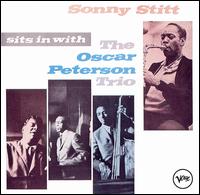
Sonny Stitt Sits in with the Oscar Peterson Trio is a 1959 album by Sonny Stitt, accompanied by the Oscar Peterson trio.

Dig Him! is an album by saxophonists Gene Ammons and Sonny Stitt recorded in 1961 and originally released on the Argo label in 1962. The album was subsequently rereleased as We'll Be Together Again on the Prestige label in 1968.
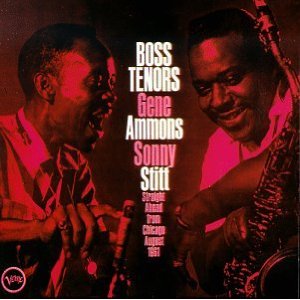
Boss Tenors is an album by saxophonists Gene Ammons and Sonny Stitt recorded in Chicago in 1961 and originally released on the Verve label.

Soul Summit is an album by saxophonists Gene Ammons and Sonny Stitt with organist Jack McDuff recorded in 1962 and released on the Prestige label.
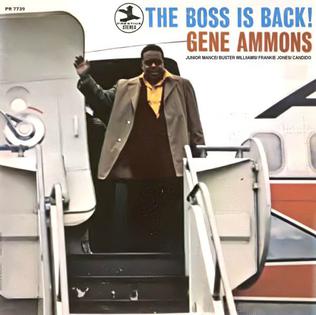
The Boss Is Back! is an album by saxophonist Gene Ammons recorded in 1969 and released on the Prestige label.
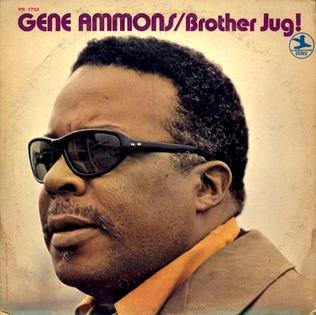
Brother Jug!' is an album by saxophonist Gene Ammons recorded in 1969 and released on the Prestige label. It contains material from the same two dates as The Boss Is Back!

You Talk That Talk! is an album by saxophonists Gene Ammons and Sonny Stitt recorded in 1971 and released on the Prestige label.

God Bless Jug and Sonny is a live album by saxophonists Sonny Stitt and Gene Ammons recorded in Baltimore in 1973 and released on the Prestige label in 2001.
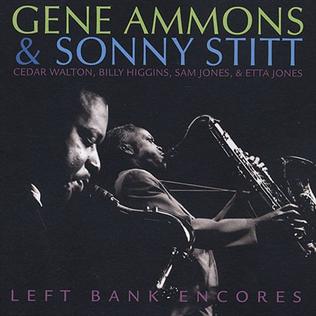
Left Bank Encores is a live album by saxophonists Sonny Stitt and Gene Ammons recorded in Baltimore in 1973 and released on the Prestige label in 2002. The album was recorded at the same concert that produced God Bless Jug and Sonny.

Together Again for the Last Time is an album by saxophonists Sonny Stitt and Gene Ammons recorded in 1973 and released on the Prestige label in 1976. The album was the final recording by the pair, who had a long history of collaboration, prior to the death of Ammons in 1974.

Kaleidoscope is an album by saxophonist Sonny Stitt compiling tracks recorded in 1950-52 and released on the Prestige label in 1957. The 1991 CD reissue added four bonus tracks to the original LP.
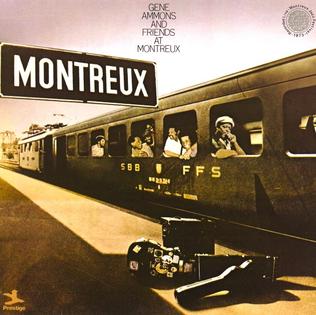
Gene Ammons and Friends at Montreux is a live album by saxophonist Gene Ammons recorded at the Montreux Jazz Festival in 1973 and released on the Prestige label.

Soul Electricity! is an album by saxophonist Sonny Stitt recorded in 1968 and released on the Prestige label. The album features Stitt using the varitone, an electronic amplification device which altered the saxophone's sound.

Night Letter is an album by saxophonist Sonny Stitt recorded in 1969 and released on the Prestige label. The album features Stitt using the varitone, an electronic amplification device which altered the saxophone's sound.
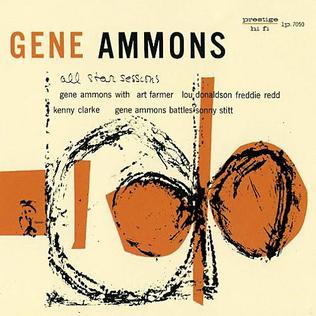
All Star Sessions is an album by saxophonist Gene Ammons recorded between 1950 and 1955 and released on the Prestige label.
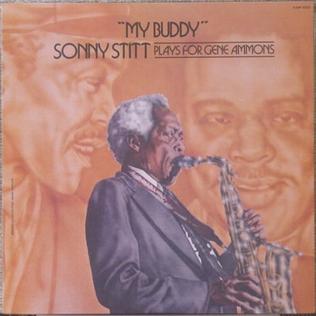
My Buddy: Sonny Stitt Plays for Gene Ammons is an album by saxophonist Sonny Stitt featuring selections associated with his fellow musician Gene Ammons recorded in 1975 and released on the Muse label in 1976.

Forecast: Sonny & Red is an album by American jazz saxophonists Sonny Stitt and Red Holloway featuring performances recorded in 1976 for the Catalyst label.





















